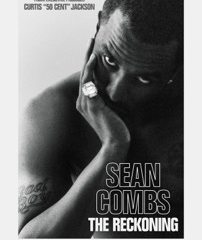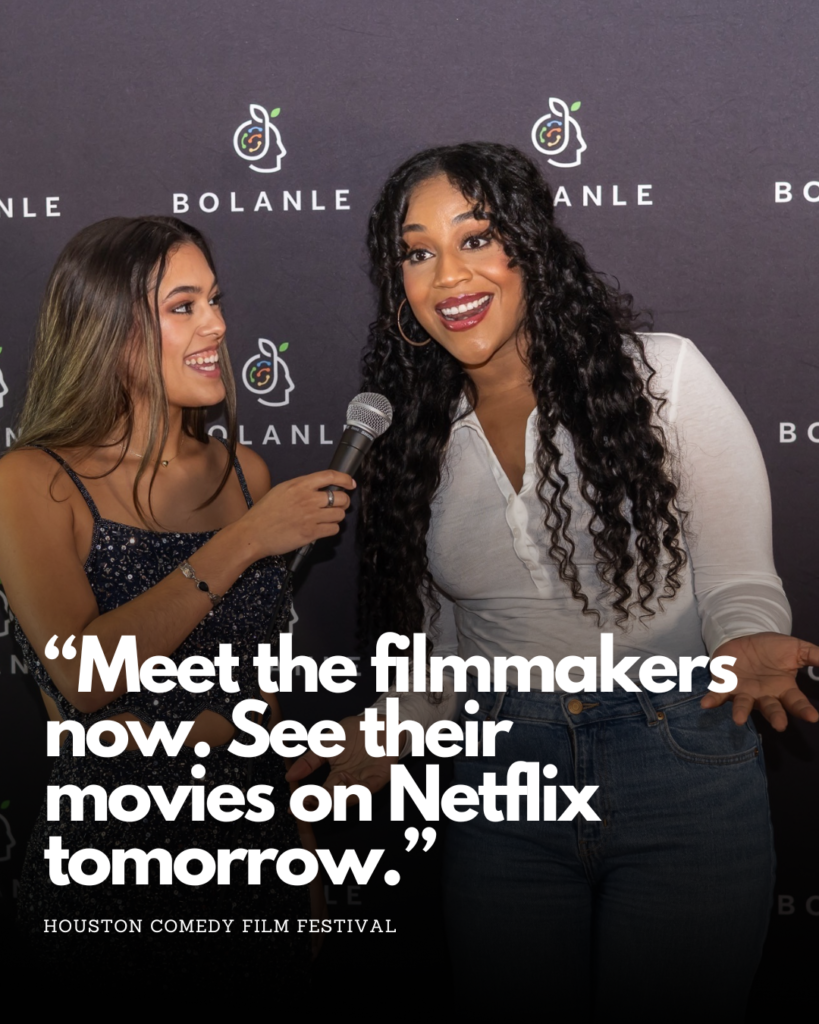Entertainment
Why Do Christopher Nolan Movies Feel Different?
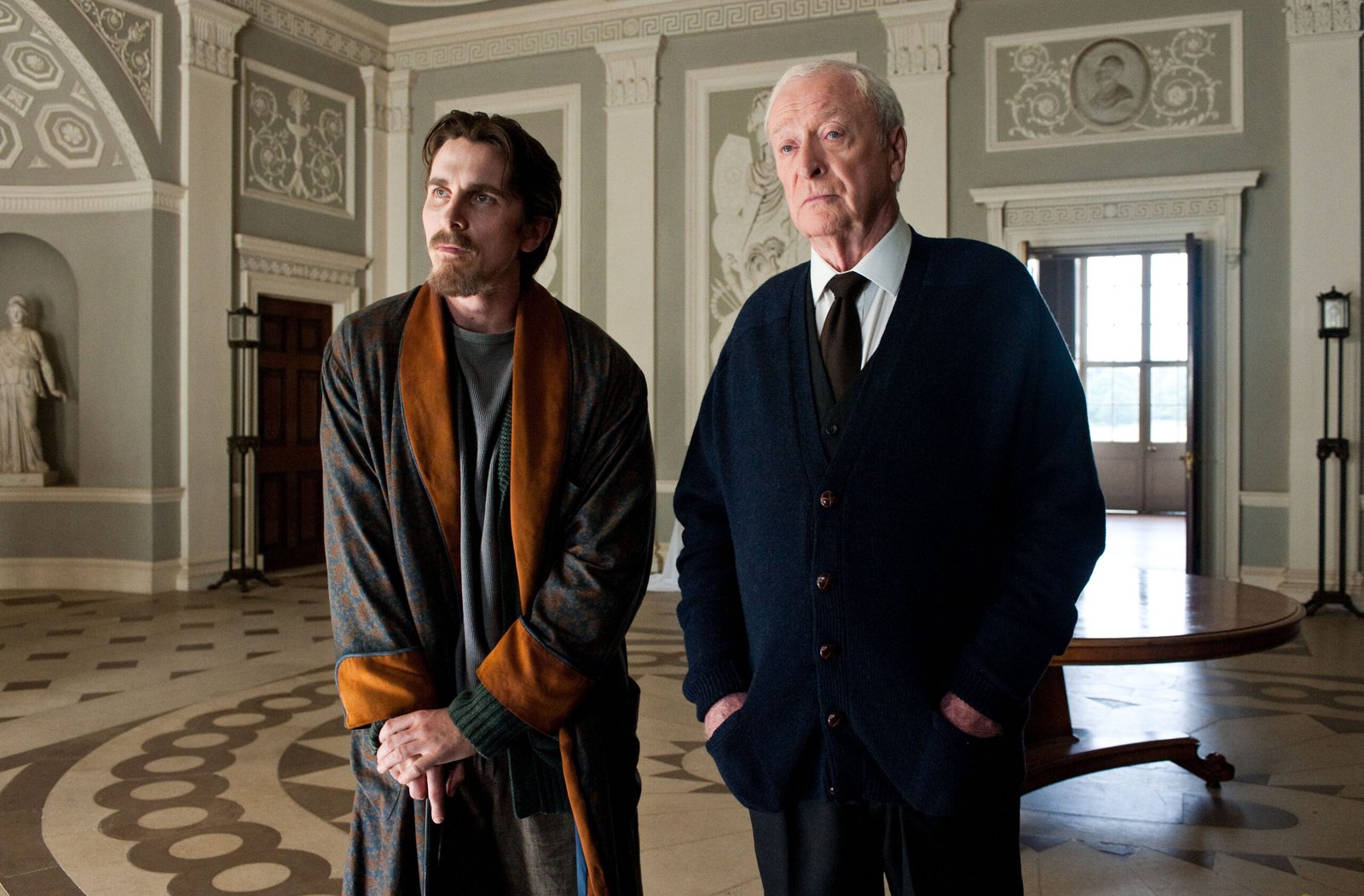
Christopher Nolan stands as one of the most celebrated and distinctive filmmakers of the 21st century. In an industry dominated by sequels, remakes, and franchise entries, Nolan consistently charts his own course, earning admiration, perplexity, and above all, a sense of wonder from audiences worldwide.
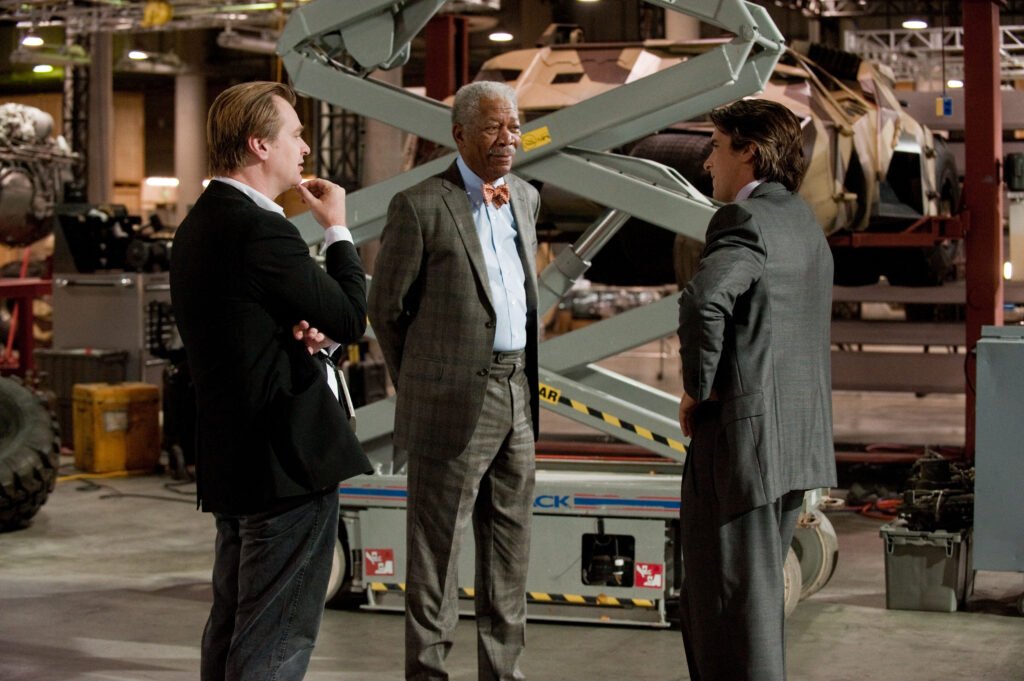
An Outlier in the Blockbuster Era
While most major studios bank on established intellectual properties, Nolan operates as a remarkable outlier, crafting original narratives that explore complex philosophical concepts and intricate storytelling. From his humble beginnings—his first film created with a mere $6,000 budget, lamp lights, and the support of friends and family—Nolan transformed resource limitations into stylistic foundations that define his cinema today.

Signature Motifs and Themes
A hallmark of Nolan’s work is his use of motifs—visual, conceptual, and sonic. He weaves repeated patterns into his films to support their central themes:
- Inception: Totems serve as symbols of blurred realities.
- Interstellar: The concept of time becomes the film’s emotional and narrative core, representing distance, resource, and existential reckoning.
- Insomnia: Bright windows symbolize guilt and eroding mental states.
Nolan’s obsession with time—as both theme and structural device—sets him apart from his contemporaries. In “Dunkirk,” he masterfully tells the same event from three overlapping timeframes, showing how perspectives shift with new information, enriching the audience’s experience each time a moment is revisited.
Visual Storytelling and Scale
Nolan’s films are renowned for their monumental sense of scale. His use of establishing shots is selective but impactful. Rather than simply setting a scene, he pulls back to reveal the vast magnitude of unfolding events. This approach heightens the emotional stakes and immerses viewers in the narrative.
Authenticity is a cornerstone of Nolan’s style:
- He’s unafraid to leave minor mistakes in the final cut, adding to the realism.
- Rejecting the highly stylized visuals of peers like Zack Snyder or the controlled symmetry of Wes Anderson, Nolan seeks “heightened naturalism,” creating immersion through a realistic lens.
- His blocking is straightforward and focused on moving the story forward, as seen in action sequences like those in “The Dark Knight.” He prefers efficiency over spectacle, contrasting with the elaborate long takes of other modern directors.
Crafting Atmosphere: Cinematic Techniques
- Collaborator Partnerships: Cinematographers Wally Pfister and Hoyte van Hoytema help manifest Nolan’s vision, marked by silhouettes, inserts, symmetry, repeated visual elements, and Kubrickian one-point perspectives.
- Technical Choices: Nolan is committed to shooting on film, utilizing real locations, and favoring practical effects over CGI. Even when visual effects are necessary, he carefully combines them with practical shots to maintain the illusion of reality.
Flaws and Criticisms
Nolan’s signature style is not without its critics:
- His intricate, puzzle-like plots can render his films opaque, sometimes sacrificing emotional clarity.
- There is heavy reliance on expository dialogue instead of natural character development, making motivations and relationships feel underdeveloped.
- Communication can be deliberately obstructed: characters speak through masks or overbearing sound design, occasionally frustrating viewers seeking straightforward storytelling.
- Dialogue may be muddled by sound mixing choices, leading to varying viewer experiences depending on the screening environment.

Lasting Impact and Industry Influence
Despite these contentious elements, Nolan’s impact reshapes modern cinema:
- His push for practical effects has inspired a new wave of productions to tout their “no-CGI” authenticity.
- The “Inception horn” sound design became a genre-defining audio cue, echoed in trailers across Hollywood.
- Nolan’s journey, from self-taught artist with no formal film education to helming massive studio movies, embodies the creative dream for aspiring filmmakers.
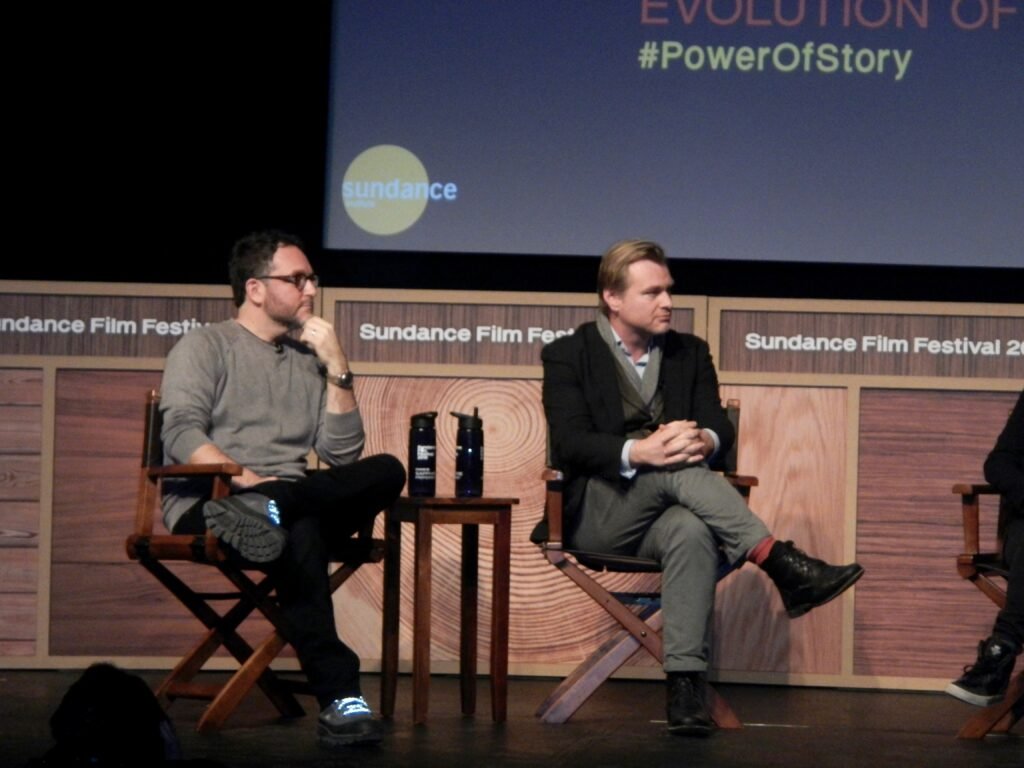
Cultural Resonance
Nolan’s films resonate deeply because they reflect contemporary anxieties and desires:
- They wrestle with themes like the inevitability of time, fragility of memory, and the lure of escaping reality.
- His elaborate aesthetics invite audiences to create personal meaning within the cinematic experience.
Conclusion
Ultimately, Christopher Nolan’s movies feel different because they operate at the intersection of innovation, intellect, and authenticity. Whether dazzling audiences with ingenious structures or provoking debate over their complexity, Nolan’s films spur viewers to think, feel, and dream—mirroring society’s search for meaning in an uncertain age.
Entertainment
What We Can Learn Inside 50 Cent’s Explosive Diddy Documentary: 5 Reasons You Should Watch

50 Cent’s new Netflix docuseries about Sean “Diddy” Combs is more than a headline-grabbing exposé; it is a meticulous breakdown of how power, celebrity, and silence can collide in the entertainment industry.
Across its episodes, the series traces Diddy’s rise, the allegations that followed him for years, and the shocking footage and testimonies now forcing a wider cultural reckoning.

1. It Chronicles Diddy’s Rise and Fall – And How Power Warps Reality
The docuseries follows Combs from hitmaker and business icon to a figure facing serious criminal conviction and public disgrace, mapping out decades of influence, branding, and behind-the-scenes behavior. Watching that arc shows how money, fame, and industry relationships can shield someone from scrutiny and delay accountability, even as disturbing accusations accumulate.
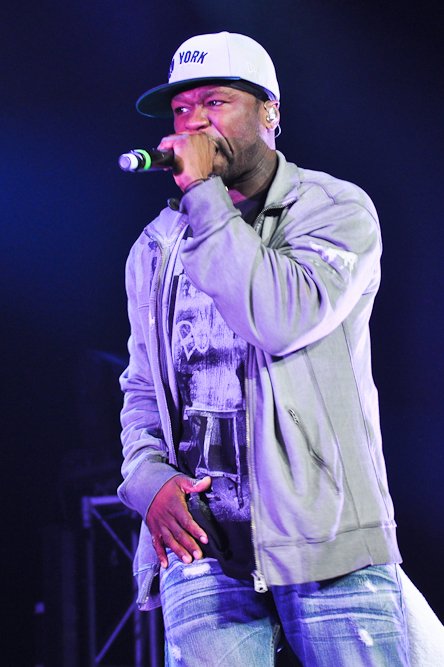
2. Never-Before-Seen Footage Shows How Narratives Are Managed
Exclusive footage of Diddy in private settings and in the tense days around his legal troubles reveals how carefully celebrity narratives are shaped, even in crisis.
Viewers can learn to question polished statements and recognize that what looks spontaneous in public is often the result of strategy, damage control, and legal calculation.
3. Survivors’ Stories Highlight Patterns of Abuse and Silence
Interviews with alleged victims, former staff, and industry insiders describe patterns of control, fear, and emotional or physical harm that were long whispered about but rarely aired in this detail. Their stories underline how difficult it is to speak out against a powerful figure, teaching viewers why many survivors delay disclosure and why consistent patterns across multiple accounts matter.
4. 50 Cent’s Approach Shows Storytelling as a Tool for Accountability
As executive producer, 50 Cent uses his reputation and platform to push a project that leans into uncomfortable truths rather than protecting industry relationships. The series demonstrates how documentary storytelling can challenge established power structures, elevate marginalized voices, and pressure institutions to respond when traditional systems have failed.
5. The Cultural Backlash Reveals How Society Handles Celebrity Accountability
Reactions to the doc—ranging from people calling it necessary and brave to others dismissing it as a vendetta or smear campaign—expose how emotionally invested audiences can be in defending or condemning a famous figure. Watching that debate unfold helps viewers see how fandom, nostalgia, and bias influence who is believed, and why conversations about “cancel culture” often mask deeper questions about justice and who is considered too powerful to fall.
Entertainment
South Park’s Christmas Episode Delivers the Antichrist

A new Christmas-themed episode of South Park is scheduled to air with a central plot in which Satan is depicted as preparing for the birth of an Antichrist figure. The premise extends a season-long narrative arc that has involved Satan, Donald Trump, and apocalyptic rhetoric, positioning this holiday episode as a culmination of those storylines rather than a stand‑alone concept.
Episode premise and season context
According to published synopses and entertainment coverage, the episode frames the Antichrist as part of a fictional storyline that blends religious symbolism with commentary on politics, media, and cultural fear. This follows earlier Season 28 episodes that introduced ideas about Trump fathering an Antichrist child and tech billionaire Peter Thiel obsessing over prophecy and end‑times narratives. The Christmas setting is presented as a contrast to the darker themes, reflecting the series’ pattern of pairing holiday imagery with controversial subject matter.
Public and political reactions
Coverage notes that some figures connected to Donald Trump’s political orbit have criticized the season’s portrayal of Trump and his allies, describing the show as relying on shock tactics rather than substantive critique. Commentators highlight that these objections are directed more at the depiction of real political figures and the show’s tone than at the specific theology of the Antichrist storyline.
At the time of reporting, there have not been widely reported, detailed statements from major religious leaders focused solely on this Christmas episode, though religion-focused criticism of South Park in general has a long history.
Media and cultural commentary
Entertainment outlets such as The Hollywood Reporter, Entertainment Weekly, Forbes, Slate, and USA Today describe the Antichrist arc as part of South Park’s ongoing use of Trump-era and tech-world politics as material for satire.
Viewer guidance and content advisory
South Park is rated TV‑MA and is intended for adult audiences due to strong language, explicit themes, and frequent use of religious and political satire. Viewers who are sensitive to depictions of Satan, the Antichrist, or parodies involving real political figures may find this episode particularly objectionable, while others may view it as consistent with the show’s long‑running approach to controversial topics. As with previous episodes, individual responses are likely to vary widely, and the episode is best understood as part of an ongoing satirical series rather than a factual or theological statement.
Entertainment
Sydney Sweeney Finally Confronts the Plastic Surgery Rumors

Sydney Sweeney has decided she is finished watching strangers on the internet treat her face like a forensic project. After years of side‑by‑side screenshots, “then vs now” TikToks, and long comment threads wondering what work she has supposedly had done, the actor is now addressing the plastic surgery rumors directly—and using them to say something larger about how women are looked at in Hollywood and online.

Growing Up on Camera vs. “Before and After” Culture
Sweeney points out that people are often mistaking normal changes for procedures: she grew up on camera, her roles now come with big‑budget glam teams, and her body has shifted as she has trained, aged, and worked nonstop. Yet every new red‑carpet photo gets folded into a narrative that assumes surgeons, not time, are responsible. Rather than walking through a checklist of what is “real,” she emphasizes how bizarre it is that internet detectives comb through pores, noses, and jawlines as if they are owed an explanation for every contour of a woman’s face.
The Real Problem Isn’t Her Face
By speaking up, Sweeney is redirecting the conversation away from her features and toward the culture that obsesses over them.
She argues that the real issue isn’t whether an actress has had work done, but why audiences feel so entitled to dissect her body as public property in the first place.
For her, the constant speculation is less about curiosity and more about control—another way to tell women what they should look like and punish them when they do not fit. In calling out that dynamic, Sweeney isn’t just defending herself; she is forcing fans and followers to ask why tearing apart someone else’s appearance has become such a popular form of entertainment.

 Entertainment4 weeks ago
Entertainment4 weeks agoWicked Sequel Disappoints Fans: Audience Verdict on For Good

 Entertainment4 weeks ago
Entertainment4 weeks agoAriana & Cynthia Say They’re in a ‘Non‑Demi Curious, Semi‑Binary’ Relationship… WTF Does That Even Mean?

 News4 weeks ago
News4 weeks agoMexico Bans Dophin Shows Nationwide

 Entertainment3 weeks ago
Entertainment3 weeks agoColombia’s ‘Doll’ Arrest: Police Say a 23-Year-Old Orchestrated Hits, Including Her Ex’s Murder

 Entertainment4 weeks ago
Entertainment4 weeks agoHow The Grinch Became The Richest Christmas Movie Ever

 Entertainment4 weeks ago
Entertainment4 weeks agoMiley Cyrus Is Engaged to Maxx Morando

 News4 weeks ago
News4 weeks agoUS May Completely Cut Income Tax Due to Tariff Revenue

 Business3 weeks ago
Business3 weeks agoLuana Lopes Lara: How a 29‑Year‑Old Became the Youngest Self‑Made Woman Billionaire







